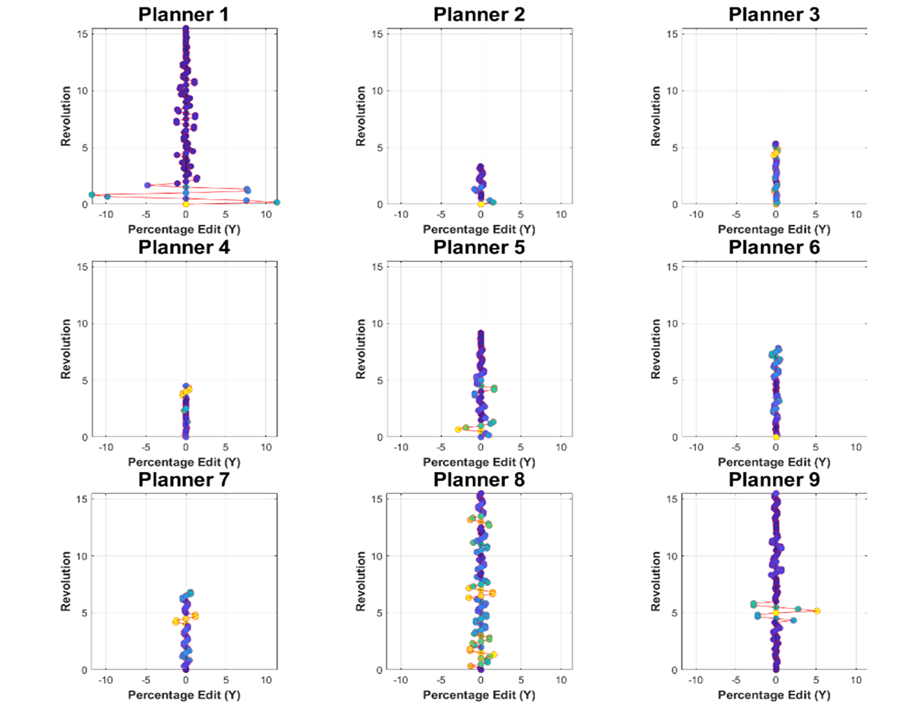Automated treatment planning – Three-year clinical summary of dosimetry and user experience
PO-1615
Abstract
Automated treatment planning – Three-year clinical summary of dosimetry and user experience
Authors: jackie wu1, Yang sheng2, sua yoo2, xinyi li2, fangfang yin2, qiuwen wu2
1Duke University, radiation oncology, durham, USA; 2duke university, radiation oncology, durham, USA
Show Affiliations
Hide Affiliations
Purpose or Objective
In the past five years, we have commissioned and clinically implemented artificial intelligence (AI) tools for automatic radiation treatment planning. We report our prospective data analysis and user experience from 2019-2021.
Material and Methods
We have developed AI models for whole breast and head-and-neck (HN) radiation therapy treatment planning. The breast AI model is built upon a random forest algorithm and predicts fluence maps of single and dual-energy tangential beams. The HN AI model is built upon a conditional generative adversarial network (cGAN) and predicts fluence maps of nine equally spaced beams. In addition, a graphical user interface (GUI) is developed to integrate the AI tools within the clinical treatment planning system (TPS), and also allows the AI algorithm to be executed on a designated workstation. The designated workstation is configured specifically for the AI algorithm with graphics processing unit (GPU) support. The AI plans are imported into the TPS for dose calculation, followed by an optional automatic fine-tuning and final physician approval (Final plan). Planners can visually examine the dose distribution and make further adjustments as deemed clinically necessary.
Results
The average plan generation time including user interactions was 6-15min/case, compared to 45 min to 2 hours of typical manual planning. The additional fine-tuning option provided not only a viable flexibility to customize an individual patient’s plan, but also ease of mind support. For the total of 1600 patients in 3 years of auto planning, the dosimetry between the AI plan and final plan (with human edit) showed no statistical difference, except for 105% hot spot in the PTV. Further, there is a steady decrease in the usage of the fine-tuning option, from 4.0% in 2019 to 0.8% in 2021, indicating increased acceptance and trust of AI planning.
*MMV: manual modification (of the fluorene) value


Conclusion
The in-house AI planning tools have been successfully implemented in clinical environment and have demonstrates robust performance and significant proficiency improvement in the clinical workflow.